#thomas sully
Text

Thomas Sully (1783-1872)
"Cinderella at the Kitchen Fire" (1843)
Oil on canvas
Located in the Dallas Museum of Art, Dallas, Texas, United States
#paintings#art#artwork#literary painting#female portrait#thomas sully#oil on canvas#fine art#dallas museum of art#museum#art gallery#american artist#fairy tales#fairy tail#folklore#cinderella#cats#animals#portrait of a girl#aesthetic#aesthetics#1840s#mid 1800s#mid 19th century
798 notes
·
View notes
Text

Portrait of the Misses Mary and Emily McEuen, 1823
Thomas Sully
243 notes
·
View notes
Text

1808 Thomas Sully - Louise Caroline Françoise de Tousard (Mrs. John Clements Stocker)
(Santa Barbara Museum of Art)
255 notes
·
View notes
Text

Thomas Sully - The Student (Rosalie Sully), 1839
98 notes
·
View notes
Text
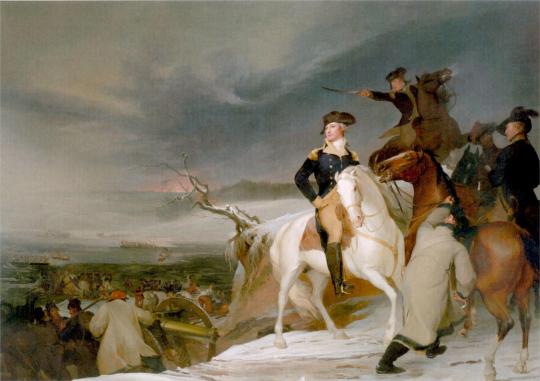
The Passage of the Delaware painted by Thomas Sully (1783 - 1872)
63 notes
·
View notes
Text
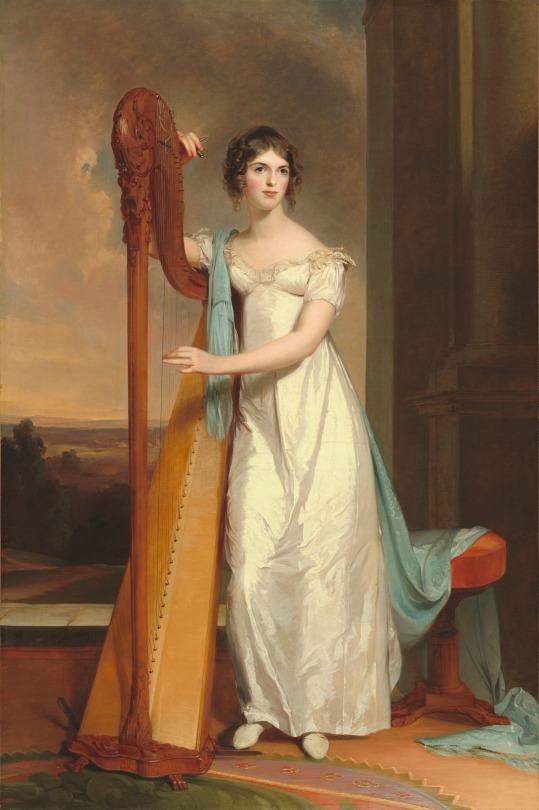
Oil painting, 1818, American.
Painted by Thomas Sully.
Portraying Eliza Ridgely in a white dress and blue shawl.
National Gallery of Art.
#Eliza ridgely#thomas sully#womenswear#dress#19th century#1818#1810s#1810s usa#1810s dress#1810s painting#white#usa#national gallery of art#nga#shawl#blue#Baltimore
36 notes
·
View notes
Text

Commissioned by the North Carolina Assembly, Thomas Sully's painting depicts George Washington on horseback observing the troops of the American Revolutionary Army crossing the Delaware River prior to the surprise attacks on Hessian troops on December 26, 1775 at the battle of Trenton.
#interiors#interior design#the passing of the delaware#thomas sully#american revolution#george washington
39 notes
·
View notes
Text
24 Days of La Fayette - Day 4
This portrait is again one of my favourite pieces of La Fayette (I must be careful to save at least one more favourite of mine for the 24th …) although it employs a stylistic device that I do not necessarily like when it comes to La Fayette. But more on that later.
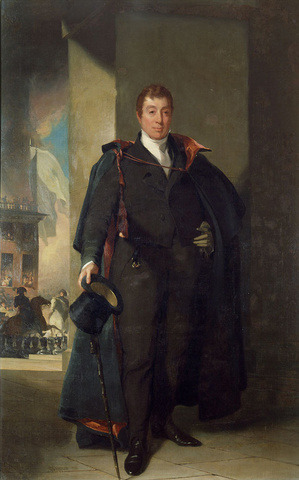
Portraits in Revolution, Works by Thomas Sully, Marquis de La Fayette, 1825-1826 (12/04/2023).
This is a portrait of La Fayette by American artist Thomas Sully. He first painted an oil study as a preparation for the full length portrait seen above. As you can see, the study does not look particularly like the painting from Scheffer (Day 2). That is because La Fayette actually sat for Sully – sort of. La Fayette was received on September 8, 1824, just two days after his 67th birthday, in the Independence Hall in Philadelphia. It apparently was quite the evening. The city officials later approached La Fayette and asked for his consent to commission a painting of him by Thomas Sully. La Fayette agreed, but his busy schedule demanded that Sully followed him to Washington where the study was painted. The actual painting was finished in 1826 in Philadelphia – La Fayette left America in 1825, never to return and so he never saw this painting with his own eyes.
A short compositional overview of the work:
In the study, Lafayette stands on the north apron of Independence Square before a pillar of an arch, designed by architect William Strickland after the triumphal arch of Septimus Severus in the Roman Forum. The prop was covered with allegorical figures and statues which Sully recorded in a pen and wash sketch, but which he eliminated from the study and final portrait, calling attention instead to his subject. Through the arch, the viewer sees Lafayette’s admirers crowding the windows and roof of Independence Hall. Flags billow from poles along the balustrade while mounted and standing members of one of his escort troops, the Washington Grays, are in the mid ground.
Wearing a black suit with white shirt and collar and a black cape lined in red satin held loosely in place by red and gold tassels, Lafayette gazes into the distance, not at the viewer. Sully has given the Marquis a neo-classical oval face and his toupee of close-cropped hair a reddish cast. His proper left arm beneath the cape is akimbo adding mass and strength to his body and his gloved hand holds his right glove that he removed to hold a top hat and cane. The Marquis’ face is unlined, belying the effects of time and gravity.
Lafayette College, Lafayette College Art Galleries, Thomas Sully, Lafayette, study for 1824-1826 (12/04/2023).
As you can see, there is a lot of symbolism and Sully clearly had a very clear picture in mind that he want to paint of La Fayette. The portrait is extremely flattering – La Fayette does not look like a 67 year old that had been in prison for many years, that had seen war and revolution, that had been in exile, lost his wife and a child. He looks fresher, younger and more energetic. Perhaps the artistic liberty taken here is best explained like this:
Sully portrays Lafayette not as he appeared on that September day, but as he might appear in Elysium with his fellow warriors.
Lafayette College, Lafayette College Art Galleries, Thomas Sully, Lafayette, study for 1824-1826 (12/04/2023).
I normally have objection to putting people on pedestals. La Fayette was not young anymore, he was ageing, and I think he earned himself the right to look old. He lived through a great many monumental changes and events; he survived what many others had not survived – there is no shame in being or looking old! But I also have to say that I do mind so much with Sully’s portrait as I normally do.
There is one other thing that always makes me smile when looking at this painting – I can name three paintings from the top of my head where La Fayette wears the same or a very similar outfit.
#24 days of la fayette#marquis de lafayette#la fayette#french history#american history#history#art#thomas sully#1824#1826#tour of 1824/1825#triumphant tour#lafayette college
19 notes
·
View notes
Text
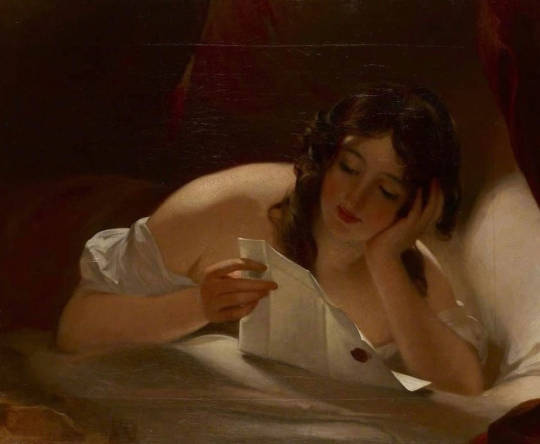
thomas sully, «the love letter», 1834
11 notes
·
View notes
Text

Macbeth in the Witches' Cave (Thomas Sully, 1840)
16 notes
·
View notes
Photo
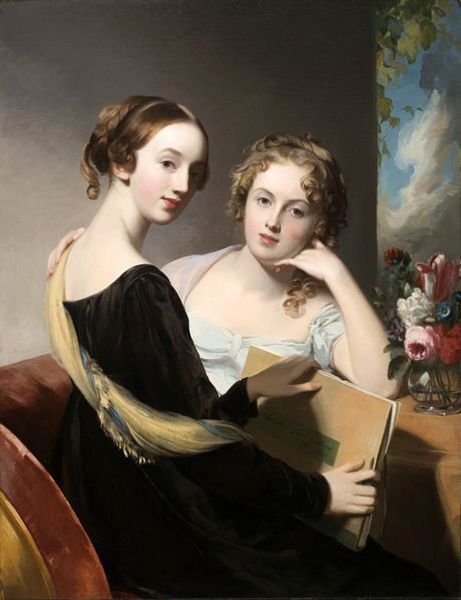
Thomas Sully Misses Mary and Emily Mceuen, the Mceuen Sisters
81 notes
·
View notes
Text

JOMP BPC - 19th March - Pretty Dress on the Cover
2 notes
·
View notes
Text

Mrs. Charles Gratiot, 1829
Thomas Sully
86 notes
·
View notes
Photo

1811 Thomas Sully - Mrs. Samuel Neave Lewis and Her Daughter Martha
(Pennsylvania Academy of the Fine Arts)
220 notes
·
View notes
Text

Thomas Sully - Greek Girls (1840)
58 notes
·
View notes
Text
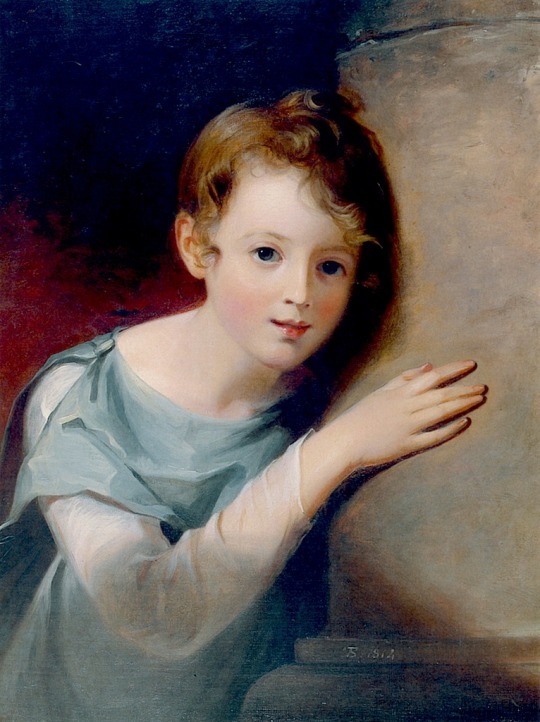
Elizabeth Wignell painted by Thomas Sully (1783 - 1872)
42 notes
·
View notes